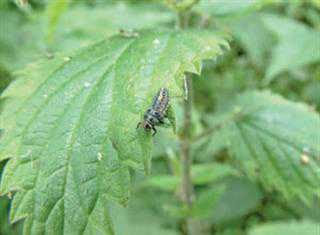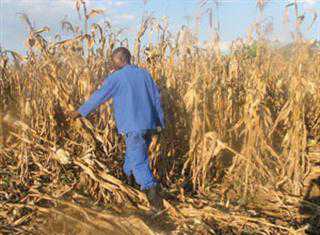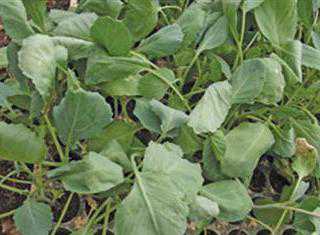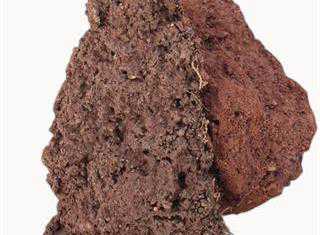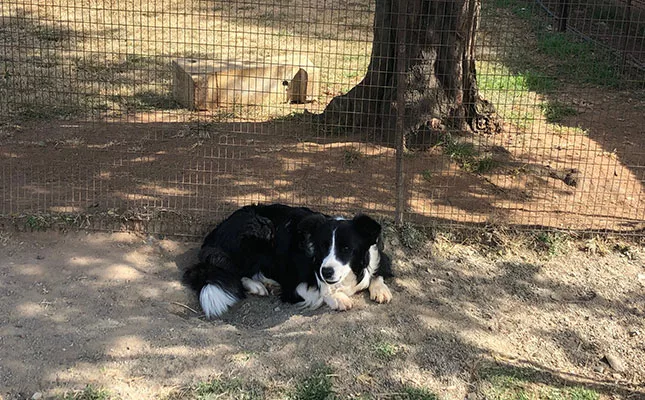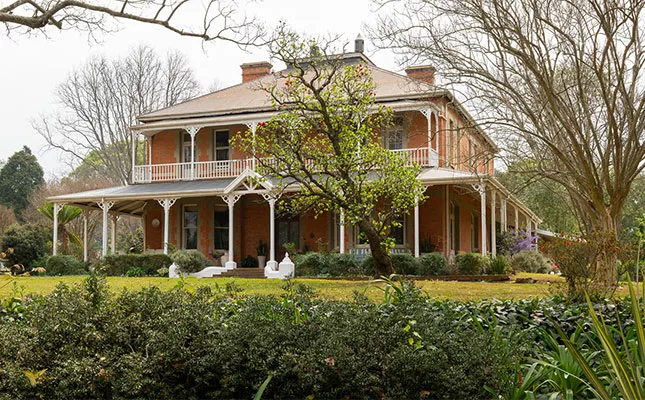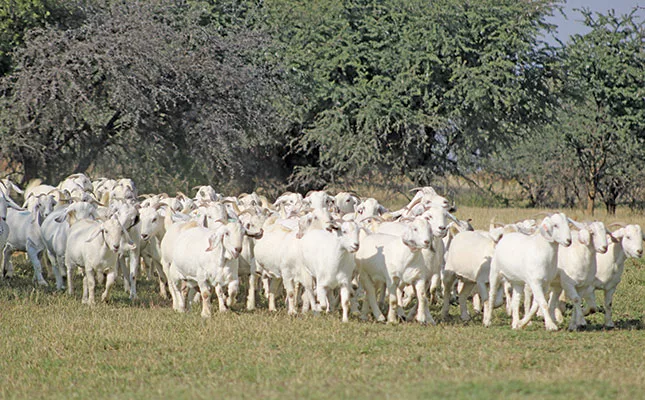How to protect the land – 2
In our 17 August issue, we studied the value of mixed farming and biodiversity. In this instalment, the second of 12, we look at using poisons responsibly.
Looking after the soil
Over the next few weeks we’ll look at repairing the damage done to our soils through poor farming practices.
Controlling insects with insects
Biological control is – or should be – an important way of managing crop pests for all farmers, whether emerging or commercial. Paul Donovan explains why.
Harvesting correctly
Some simple steps will enable you to harvest in an efficient way and prepare well for the next crop. Snap the maize stalks down with your foot and lay them...
Practical tips on weeding
Weeding is one of the most important aspects of farming. If you neglect to weed, your crop yields will suffer.
The basics of effective irrigation
Crop expert Bill Kerr gives tips on how to ‘read’ a crop and understand its irrigation requirements.
Thinning the crop
Removing one in three maize plants shortly after emergence will give you a higher yield.
Don’t forget the mulch!
You’ve dug your planting holes, fertilised them and sown your seed. Now it’s time to mulch.
Seeding your land
You’ve dug your planting holes, and put fertiliser in them. Now it’s time to sow the seeds.
Fertilising your land
Use enough fertiliser and place it correctly, so that you can be assured of a good yield, says Bill Kerr.
Better soil means healthier plants
By improving its organic content, you can make any soil more productive, explains vegetable expert Bill Kerr.


